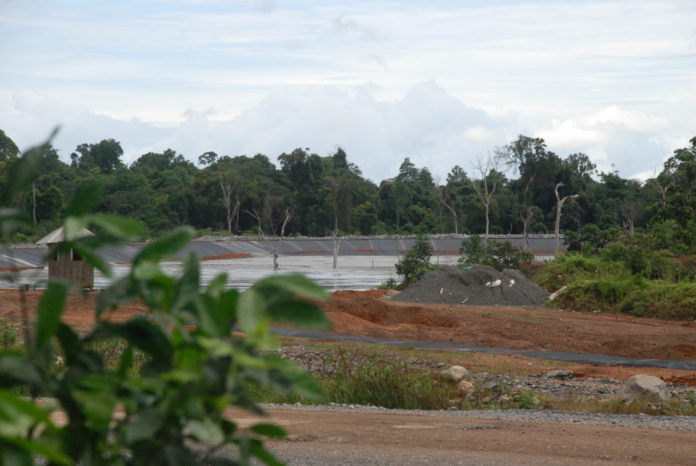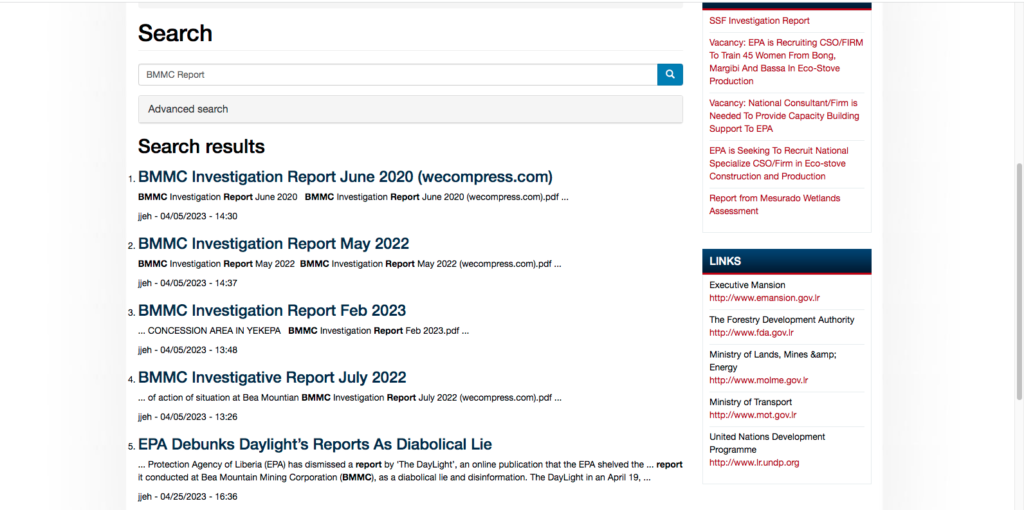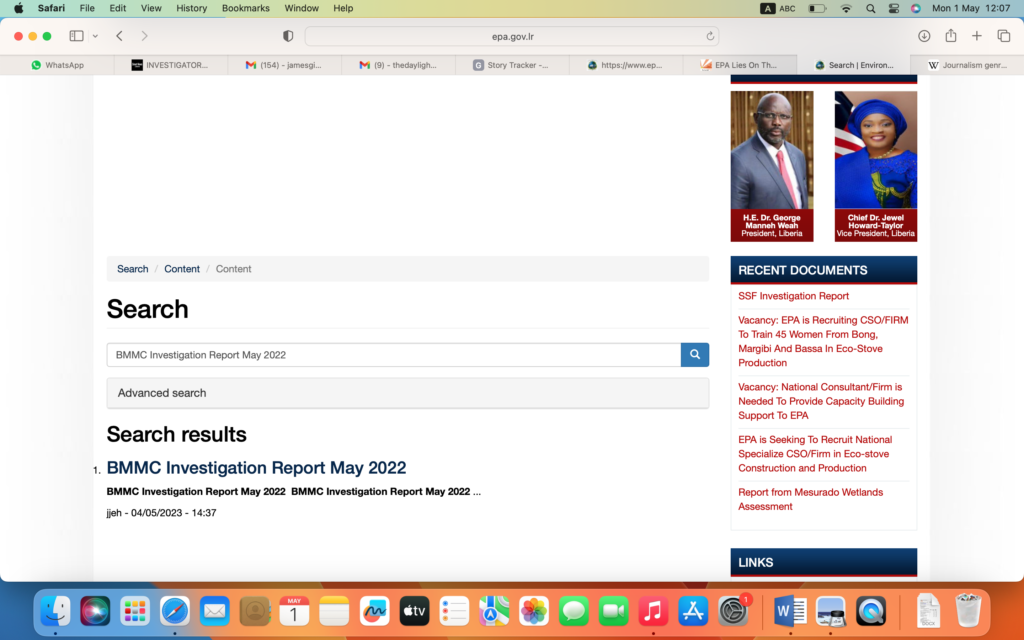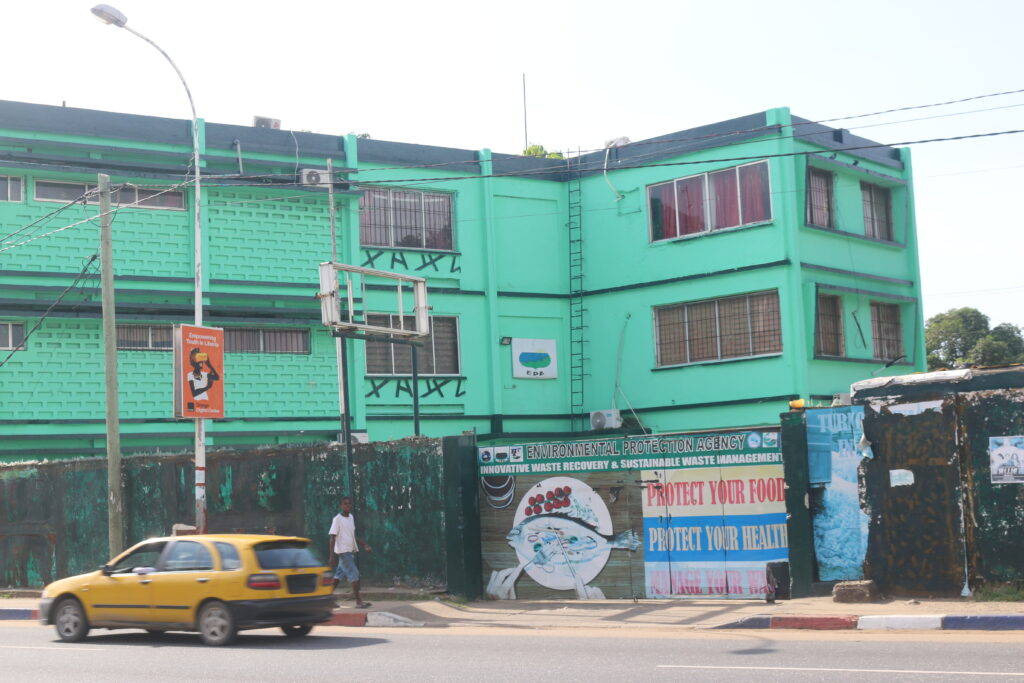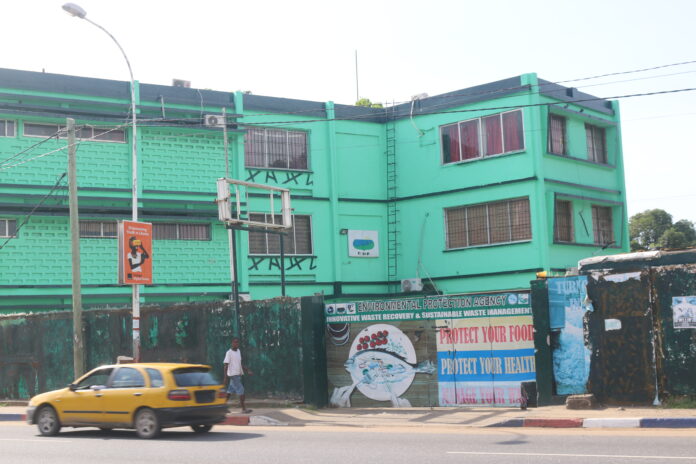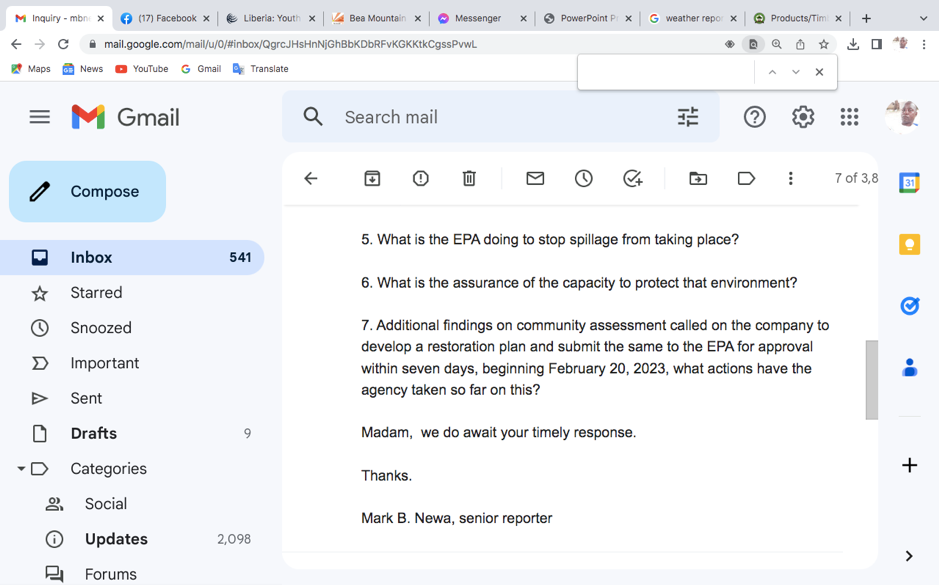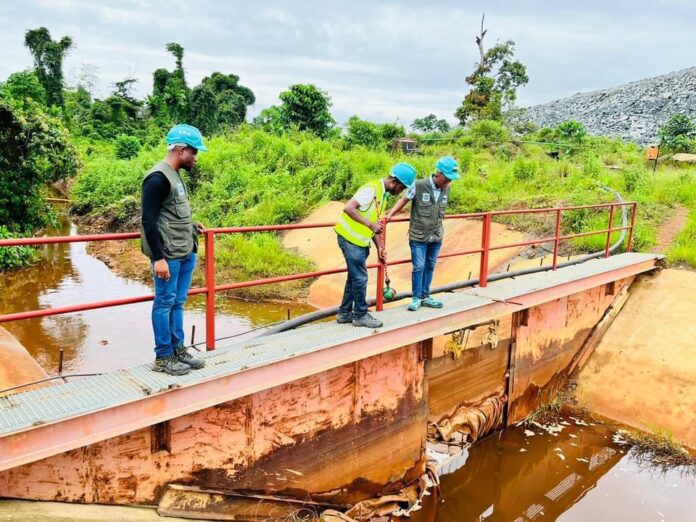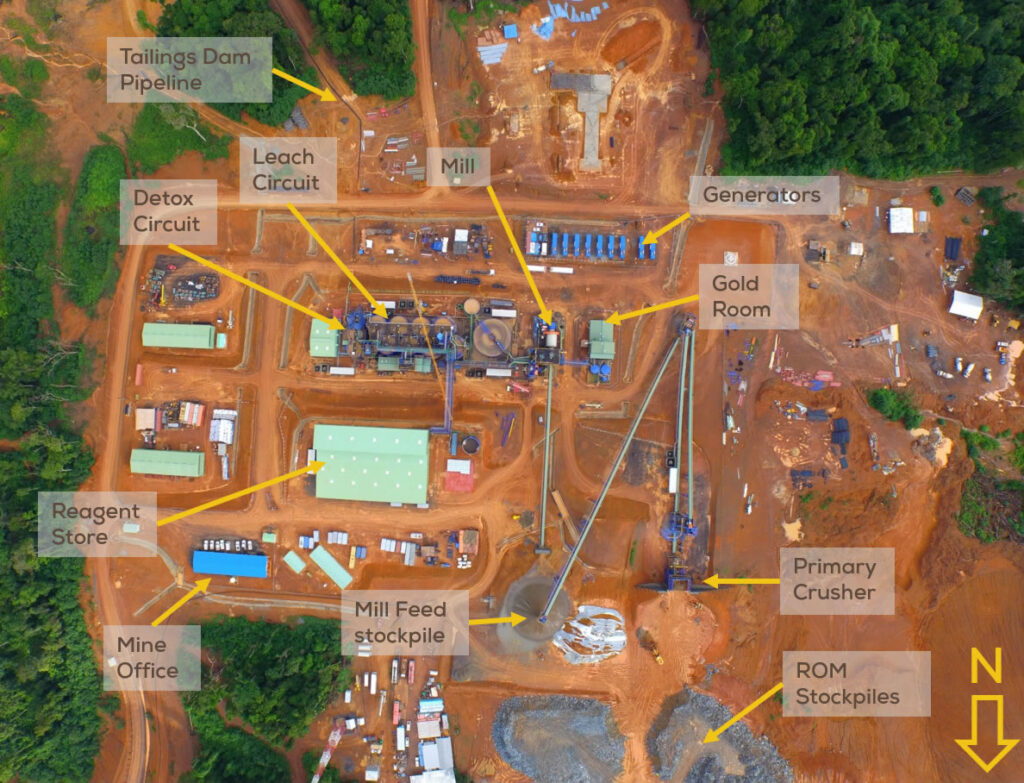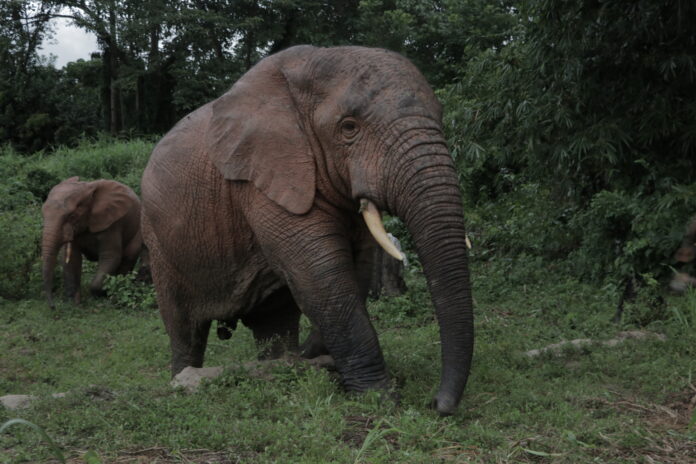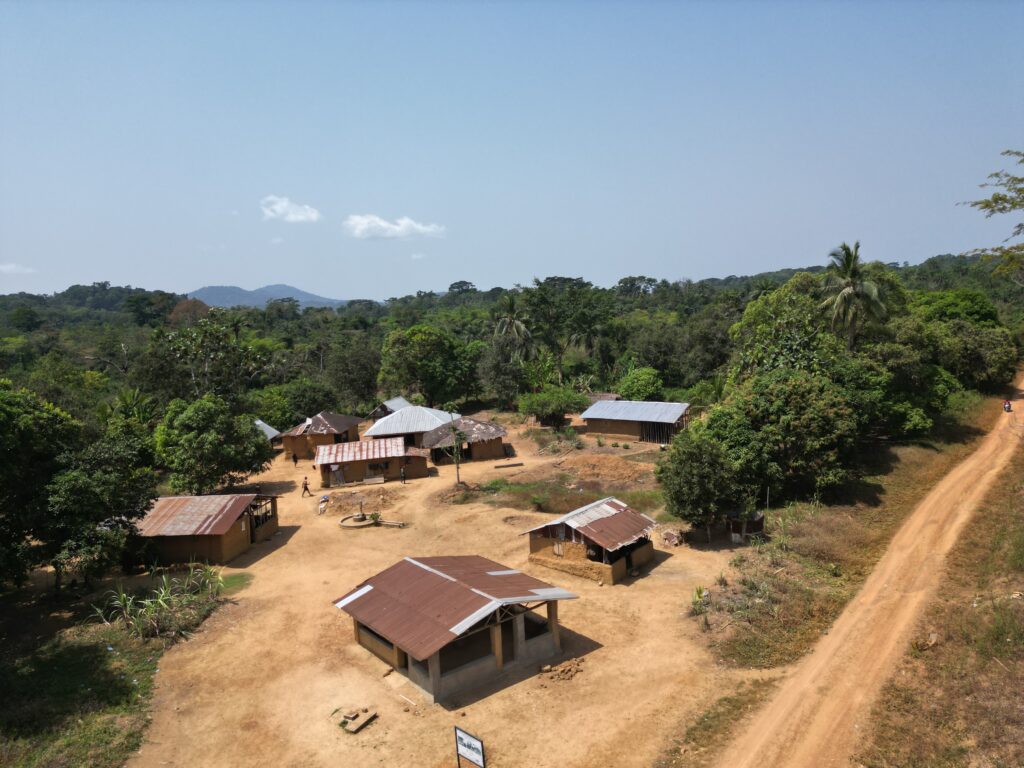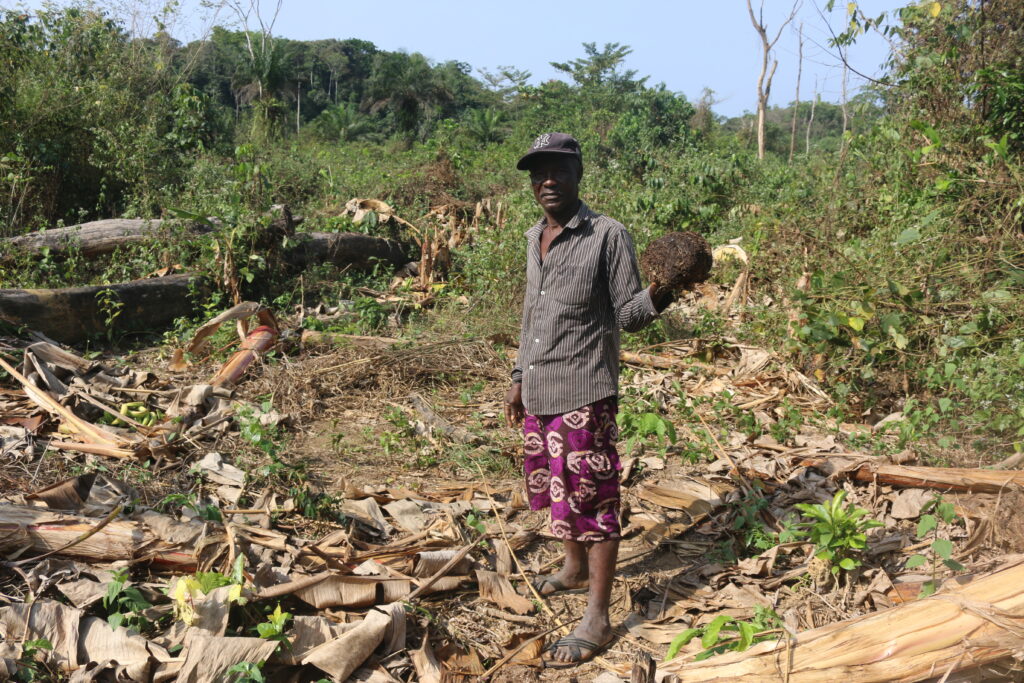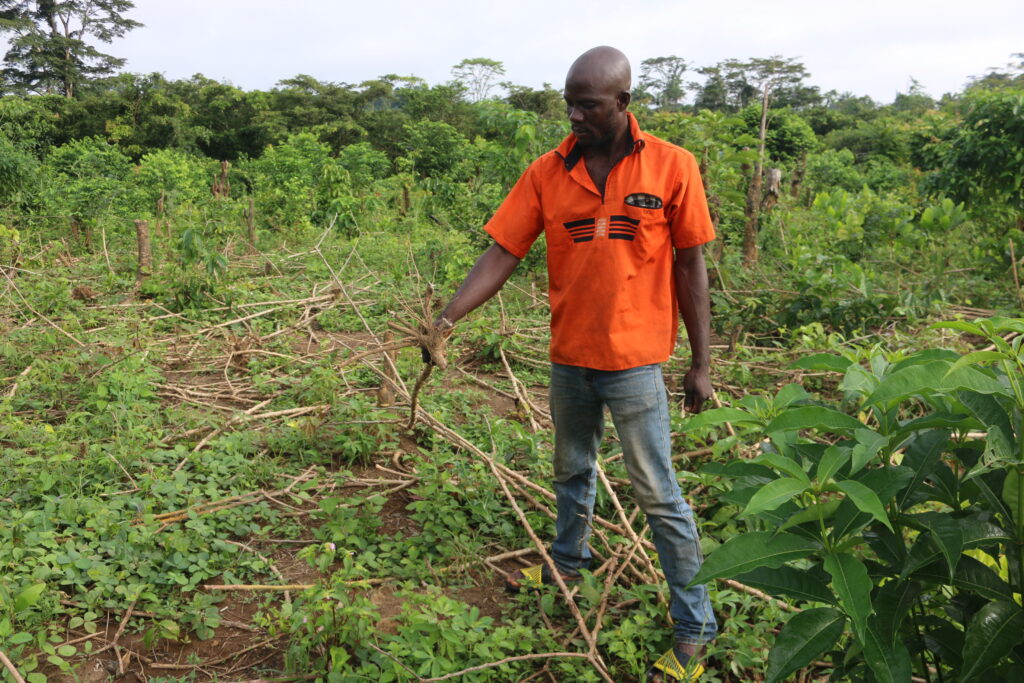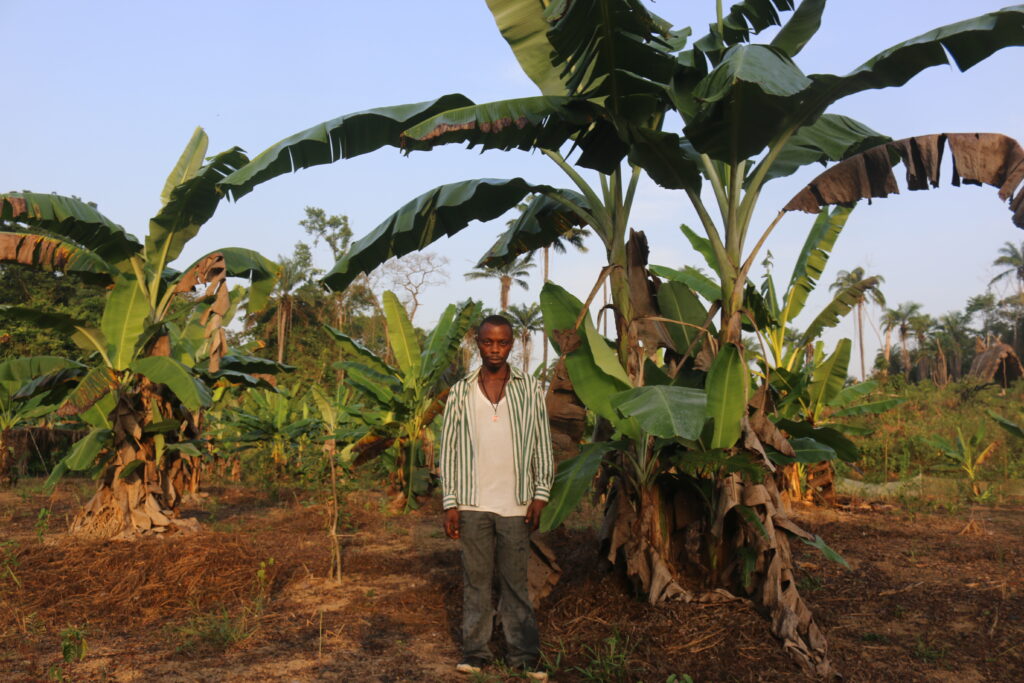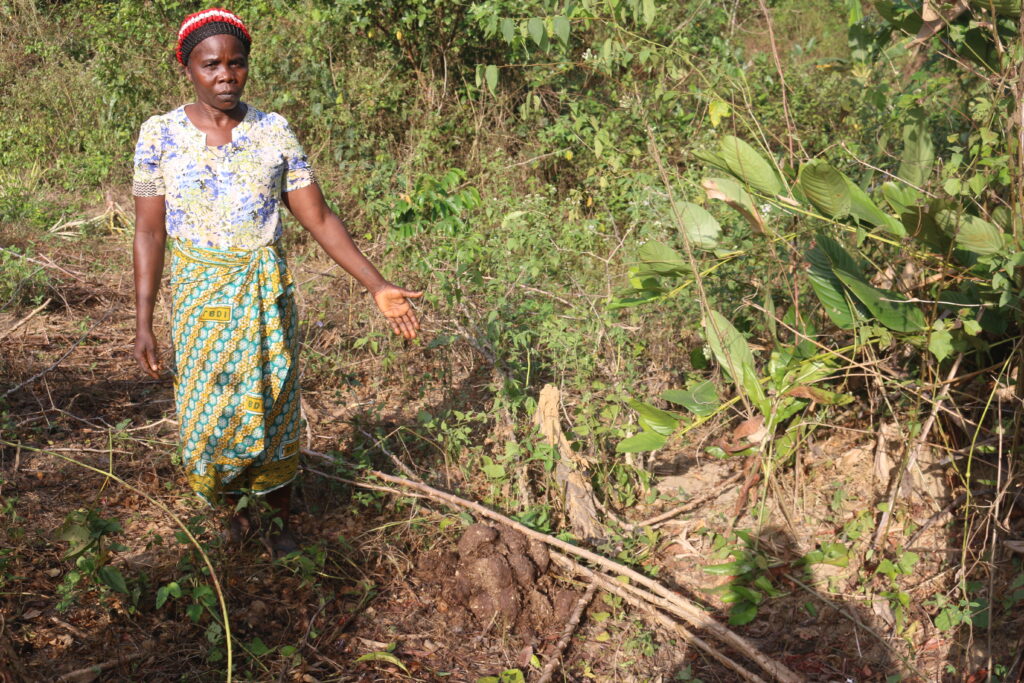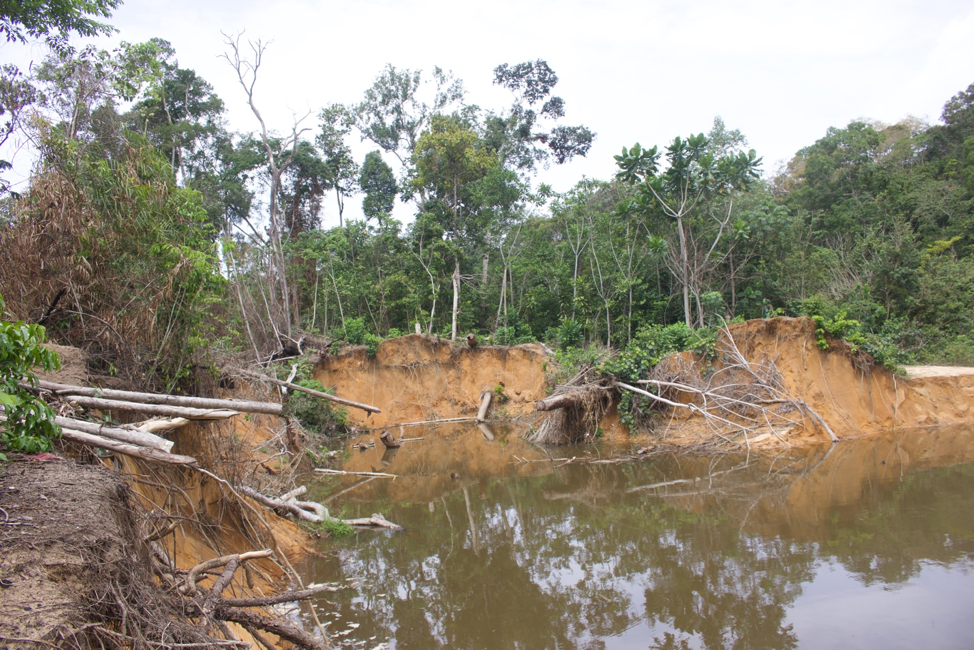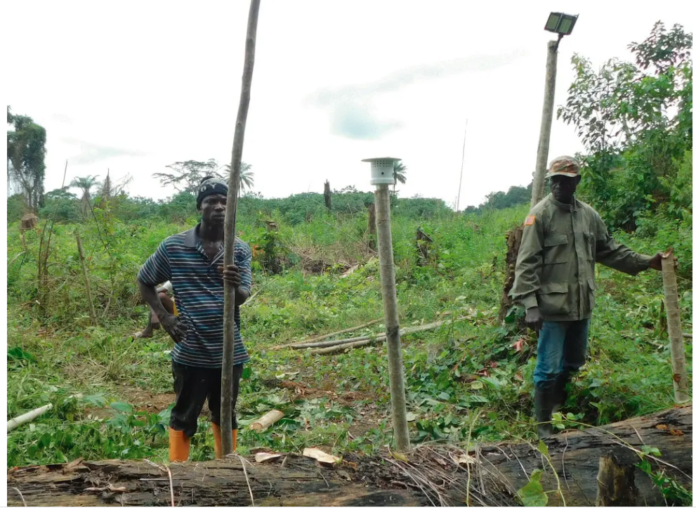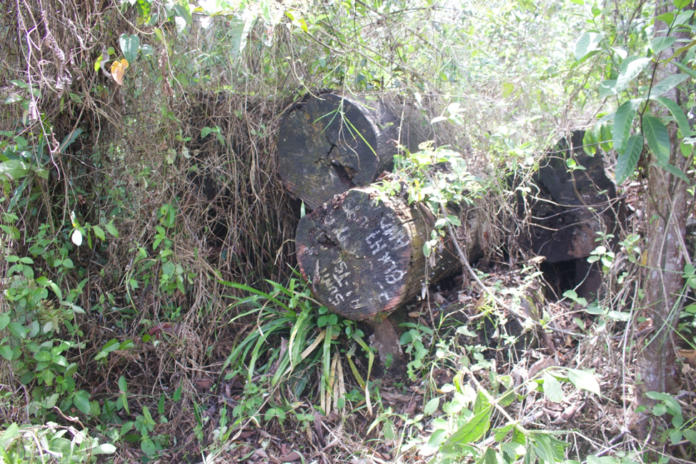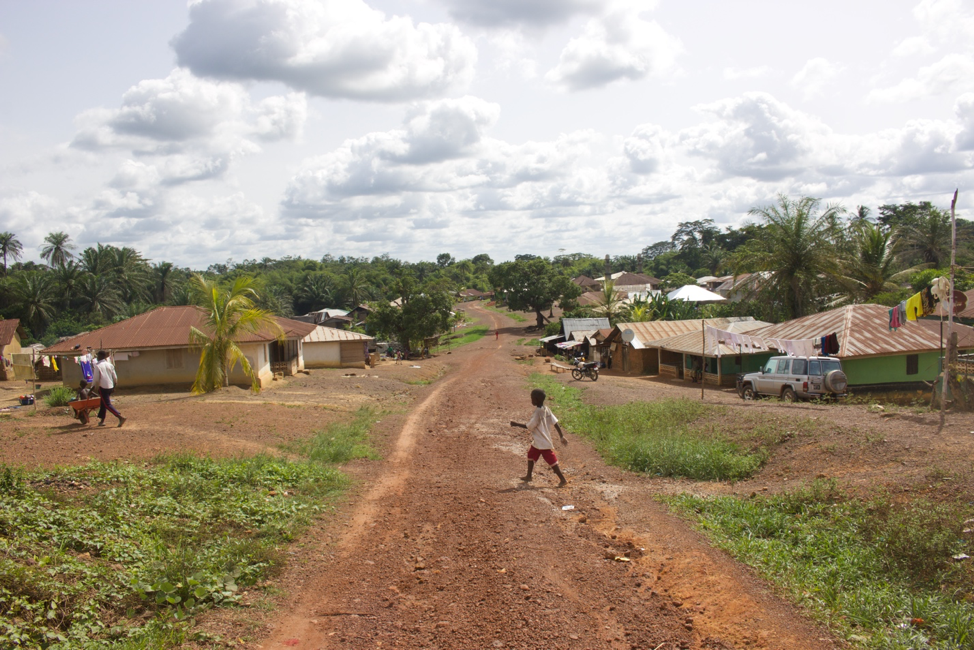Top: Clarence Massaquoi, the owner of Bassa Logging and Timber Company, and co-owner of C&C Corporation. By his admission, Massaquoi worked in the logging sector before January 2006, making him ineligible. The DayLight/Derick Snyder
By Emmanuel Sherman
Editor’s Note: This story is the second part of a series on illegalities associated with a newly established community forest in Compound Two, Grand Bassa County.
- Evidence suggests the FDA conducted a flawed process that established the Mavasagueh Community Forest in Bassa
- Then a DayLight investigation found several forestry offenses committed and associated with Clarence Massaquoi, the logger authorized to operate the unlawful community forest
- Massaquoi owes US$56,550 from a previous contract in Grand Cape Mount, leaving hundreds of logs in the forest to rot
- Massaquoi is a wartime logger, which makes his forestry activities and ownership of his companies illegal
- Massaquoi is also the Manager of an ineligible forestry company in Buchanan, Grand Bassa
VAMBO, Grand Bassa County – Last August, local people signed a forestry contract with a new company. C&C Corporation (CCC) would conduct logging in the Mavasagueh Community Forest in exchange for hand pumps, roads and other things.
CCC has built a 15-kilometer dirt road through the Vambo and Marloi Townships, where the 26,003-hectare forest lies. The company has begun felling trees after the Forestry Development Authority (FDA) awarded it a harvesting certificate.
While townspeople celebrated the contract, a DayLight investigation established problems with the Mavasagueh-CCC contract. The evidence shows that the FDA skipped some legal steps in granting Mavasagueh a community forest status.
The investigation found that the FDA’s demarcation and mapping of the rocky forest did not involve all the communities as required. It also established that two men are claiming 3,200 acres, or about a fifth of the forest between Mt. Findley and the St. John River, overwhelming proof that authorities did a poor job.
The illegal contract thrusts Massaquoi into the spotlight, exposing his hidden and forgotten offenses, spanning over two decades. It was discovered Massaquoi had illegally acquired a contract, failed that contract and ran an unlawful sawmill.
Failed contract
Mavasagueh is the first contract CCC, established only in 2022, has had. However, it is not the only one for Massaquoi, who has 70 percent of the company’s shares. (One Joseph Varney holds the remaining shares)
Massaquoi has another firm, Bassa Logging and Timber Company, which failed a previous contract in Grand Cape Mount County. In 2009, Bassa Logging signed a contract with locals in the Porkpah and Gola Konneh Districts for 5,000 hectares.
Over five times smaller than Mavasagueh, Bassa Logging subcontracted the Lebanese-owned Alma Wood, though that contract was meant for only Liberian companies.
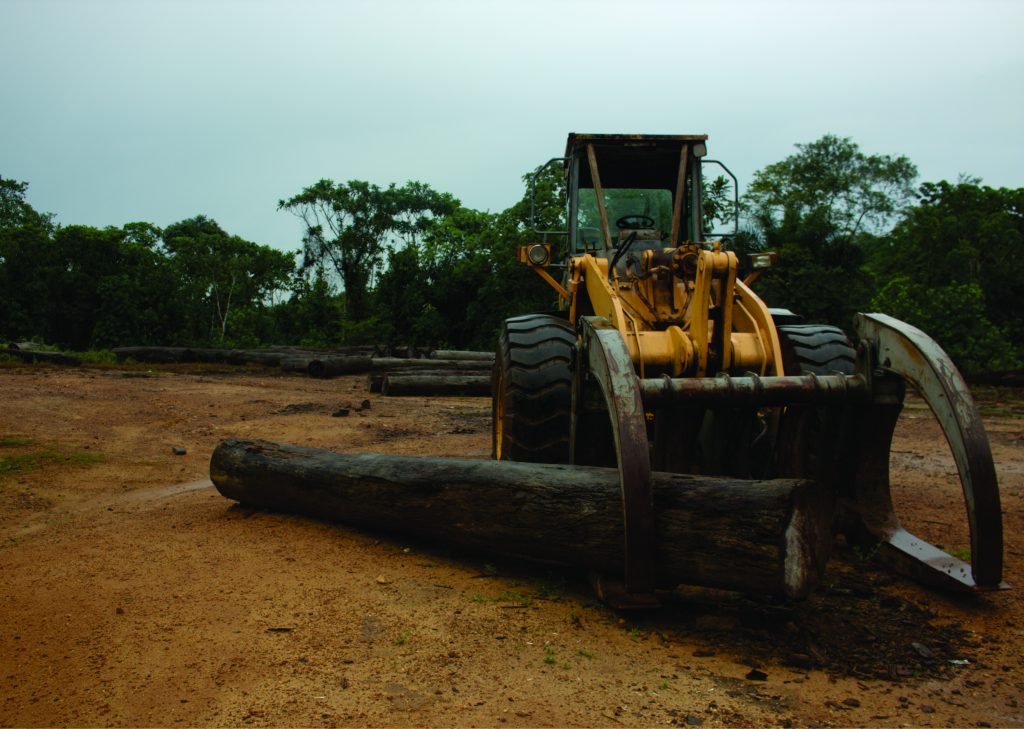
Massaquoi and El Zein Hassan, his partner, left hundreds of logs to rot in the northwestern forest. Hassan fled the country in 2019 after failing to settle a US$643,000 loan from Afriland Bank. Massaquoi still owes locals US$56,560 in land rental and other fees, according to an official report in 2022.
Months before the report, the FDA had terminated the contract and nine others after they lasted over twice their maximum, legal lifespan.
‘Managerial role’
Massaquoi’s contracts with Bassa Logging had been illegally awarded.
By his own admission, Massaquoi operated for future FDA Managing Director Rudolph Merab during the Second Liberian Civil War. “I worked with Merab from 1999 to 2007 in [a] managerial role,” he told The DayLight.
Liberia Wood Management Corporation (LWMC), Merab’s company Massaquoi worked for, was the subject of international investigations.
One report by UK-based Global Witness in 2000 found militiamen loyal to President Charles Taylor guarded LWMC’s facilities. It said Another report LWMC exported over 12,810 cubic meters of logs in the first half of 2000.
Another report established that LWMC enjoyed a US$1.4 million tax holiday from the Taylor regime during the Second Liberian Civil War (1999 – 2003). Merab claims the amount was less than that.
A 2005 review of the forestry sector reported, “At least 17 logging companies either supported militias… or facilitated illegal arms trafficking, or aided or abetted civil instability.” An estimated 250,000 people died during Liberia’s two wars, with President Joseph Boakai signing an executive order months into his administration to establish a war and economic crimes court.
Merab admits working in the Taylor era but denies any wrongdoing. “We never participated in the war, we never supported any members of the war,” Merab would later tell the Associated Press.
But forestry reformers created a deterrent against the logging industry’s contribution to any future crisis, formulating the Regulation on Bidder Qualifications.
The regulation disqualifies anyone who participated in forestry before January 2006, unless they confessed their wartime deeds to the Truth and Reconciliation Commission (TRC) and worked with the FDA on how they would repay stolen funds. There is no record that Massaquoi, Merab, or any other wartime logger did that.

Despite Massaquoi’s involvement in the “blood timber” trade, and Bassa Logging’s letdown, the FDA still qualified CCC. The regulator’s justification for endorsing CCC disregarded the war-accountability provision of the regulation.
The evidence shows that Massaquoi exploited a loophole in the regulation that allows a logger to create another company when a previous one failed. All its debt-related provisions pertain to companies, not their owners or managers.
“A thorough review of records and files available for the past five years…, including the cancelation of concession agreements/contracts, indicates no proof of the existence of CCC,” wrote then-FDA Managing Director Mike Doryen on CCC’s qualification in 2023.
“This instrument, therefore, serves as sufficient testimony… of no breaches of forestry laws or regulations… until otherwise proven,” Doryen added.
Massaquoi now adds to several wartime loggers illegally in forestry, a list that also includes Merab. Merab did not reply to queries for comments.
Plywood Company
A confident Massaquoi said he could operate in Grand Bassa, even after he failed in Cape Mount. CCC, according to an environmental study last year, has over 40 earthmovers and other equipment. The DayLight saw an earthmover along the newly paved dirt road being repaired by mechanics.
“I have eight machines on the road, a motor grader, and bulldozers. I used 700 gallons per two days,” Massaquoi said. “I had done more than 15 kilometers of dirt road and paid salaries while working. You must be financially strong.”
Massaquoi implied he had more business opportunities with CCC than he had with Bassa Logging. He referenced Krish Veneer Industries, a sawmill in Buchanan, Grand Bassa he manages, which exports timber and wood products.
“I can sell to my plywood factory. My buyers are right in Buchanan,” he added.
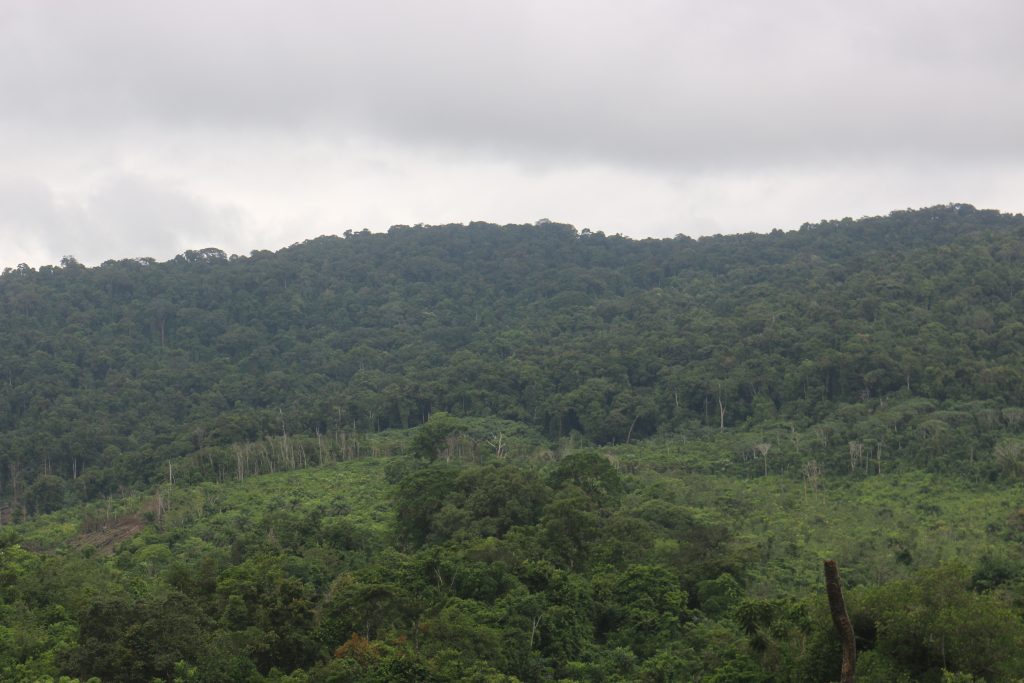
Krish Veneer Industries, which he declined to address, adds another layer to Massaquoi’s hidden or overlooked illegalities.
Krish’s legal documents and business registration certificate prove the company is a partnership. Atique Ahmed and Kamal Parwani, both Indians, hold 57 percent and 43 percent shares in the 2019 company.
The regulation restricts forestry companies to corporations.
The provision is in line with the Public Procurement and Concession Act. It comes from the fact that corporate entities, have limitless liabilities and lifespan, and present more taxable opportunities. Partnerships do not possess such advantages.
Krish is one of the most active companies in a largely dormant logging sector. Last year, it made several exports of round logs and veneer, according to official records. Those exports included 241 logs or 1,243 cubic meters last June.
By the FDA’s standard operating procedure, the regulator is required to verify a company’s legal documents before permitting it to export.
It is unclear whether Krish’s ineligibility went unnoticed or was just overlooked for over five years.
This story was a production of the Community of Forest and Environmental Journalists of Liberia (CoFEJ).




